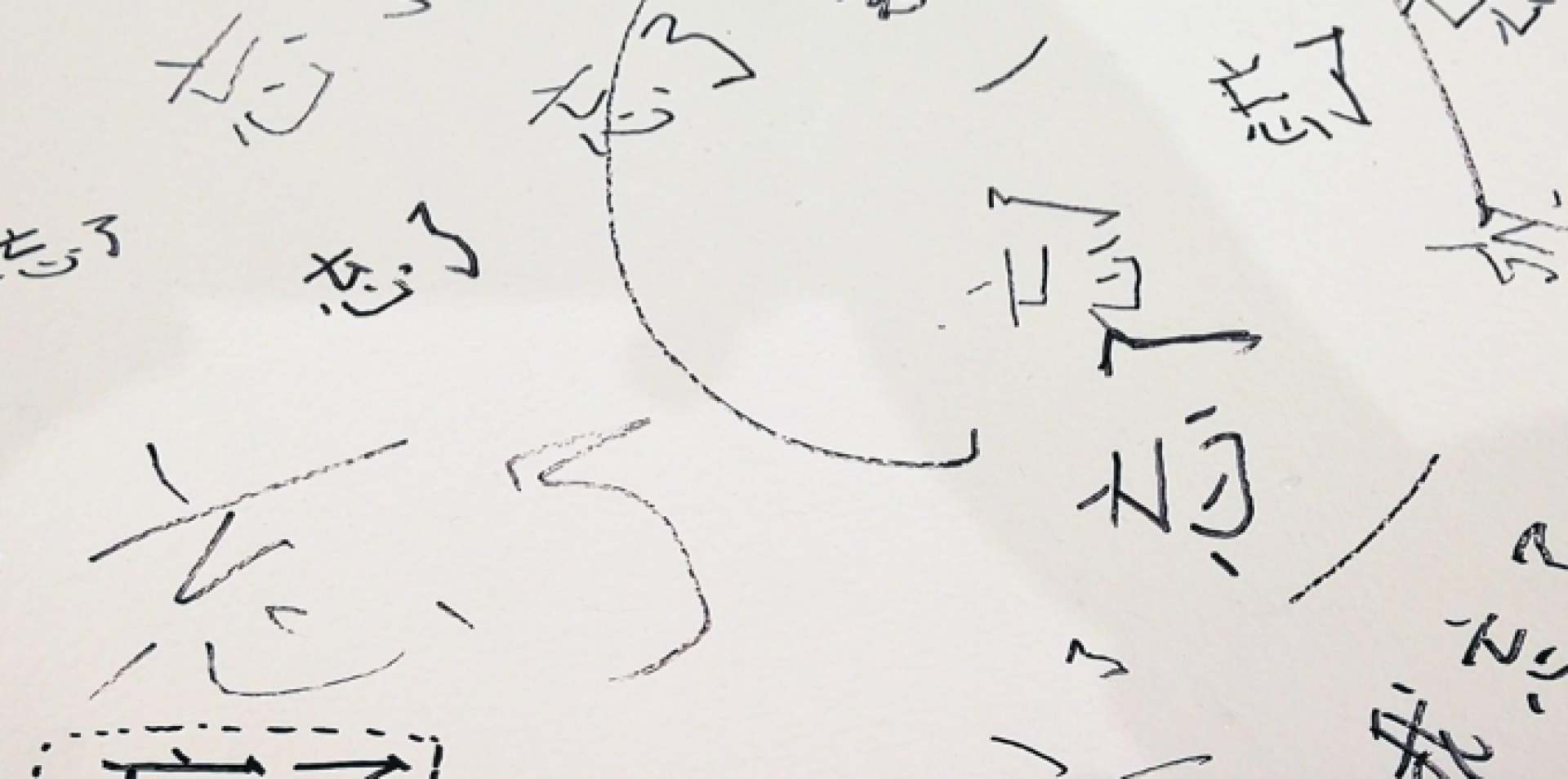Marc Nair, Vital Possessions, Ethos Books, 2018. 84 pgs.

“The cupboard, abandoned, is a question: of what we hold to be necessary and essential amid our insatiable consumption and our uneasy relationship with nature,” concludes the blurb of Marc Nair’s sixth book of poetry, Vital Possessions, in reference to its cover photo. We see a broken cupboard, doors askew, warped with age and damp. It’s especially striking because its wood is the only warm tone in an otherwise derelict room. Nair is also a photographer and the ideas in this book are explored through the mediums of both photography and poetry. We learn from the blurb that the cover was shot at Tai O Village, on Hong Kong’s Lantau Island. Tai O is a traditional fishing village, the ancestral home of the Tanka people and where the city’s few remaining stilt houses can still be found. The cupboard is abandoned in an empty house, and observed through a gap in a fence and an open window. The premise for this book is immediately intriguing, and the notion of quiet observation framed by a photographer’s eye makes its first appearance. The use of Tai O is an apt allegory, in its juxtaposition of old and new, and the interdependence of man and a rapidly changing environment.
Though containing only 37 poems and 13 photographs (within the main body of text) and on the lighter side of a poetry collection, Vital Possessions is well-curated, keen-eyed and, at times, an abstract paean to the minutiae of a moment and its surroundings. It lends itself well to multiple readings, and Nair makes use of a variety of forms from haiku to ghazal, shape poems, and more. He doesn’t always follow the rules (particularly with his haikus, which, although initially a little distracting, demonstrate a playfulness that comes out more keenly after multiple readings.) The expectation with photography and poetry is that its combination should greatly enhance the sum of its parts. There are a couple of examples where this is especially achieved, where the simplicity of an image and its accompanying words complete the point being made. On pages 26-27 we see an image of a lone street sweeper at the entrance of a parking garage along with the following poem: Sweeping is lonely /work; constant looking / for the unwanted. This is also demonstrated in the opening poem and photograph; we see a large brick wall, with a chunk taken out of it, looking onto a beach close enough for the tide reach it. Written alongside is the following haiku: Sometimes, an ocean / only appears when we break / through bricks, its burdens.


The book opens to a series of poems that one could infer were written during the poet’s stint as writer-in-residence in 2015 at Gardens by the Bay in Singapore. These poems showcase some of Nair’s best exploration of the living world—they are throbbing, humid, visceral and unapologetically natural. As the book progresses, these sorts of poems delightfully morph into what could be interpreted as a cyborg-like overlap, through the interspersing of man and nature, which ties in very nicely with the overarching themes of the book. Perhaps also a nod to the confluence of the urban and the native world so very well exemplified in Singapore. We see this in “Ghazal of Our Hive In”—‘the buzz of phones vibrating in our hive, / information is honey that heals our hive.’ Another example in “Through the East Rift Valley”: ‘The space between cities is measured in pylons/ of palm trees…..’
Nair’s poetry spans his travels, and is structured later on in the book where the reader is taken to Tokyo, Sulawesi, Luang Prabang, Taiwan and more. This reads as a deliberate geographical widening of the macro lens that explores place and time, displacement and disruption but continuing to circle back to the core question, drawing similarities from across the region. Another exploration of this can be seen in poems that refer to the transport of trees from one land to another and the relationships and ideas that support them. In ‘Set a Fire’ Nair writes about the adoption of an Illawarra Flame Tree at Gardens by the Bay, the significance of this tree spanning an ocean in tribute to a father/son relationship. In “The Replica” Nair offers a tongue-in cheek account of the absurdity of an imitation rubber tree. It ends on the evocation: ‘if you rub two seeds together, they make the kind of warmth that burns a little, but never a fire.’ Finally, in ‘Olive’ the thousand-year-old history of an olive tree is recounted, from its beginnings in Islamic Cordoba to its new home in Singapore: ‘you sailed into a dome of electric munificence, the hum of a younger country, customs pressing strange upon the lips of your fruit.’
Themes of loss are also explored and especially interpreted through the lens of ‘vital possessions.’ The poem “After Nine Lives” is a lovely tribute to a beloved cat, ending on a bittersweet note that laments the need for an unmarked grave when in a state of impermanence. “Rasam” is a heart-breaking account of the last moments of the poet’s grandmother. The dulling of the mind and senses contrasted sharply with the depth and vigour of the South Indian spiced soup.
This collection winds itself tightly to its theme, though it’s free-wheeling rhythm and framework does not make this as easily discernible from a single reading. Repeat readings give the reader much to pause and think about. Many of the poems are explored through more than one dimension, leaving them open to interpretation and this is enjoyably thought-provoking. Variety in form, pace and voice gives rise to diversity in perspective.
Vital Possessions is a profoundly interesting, provocative collection bringing together the elemental and the material, boldly underscoring each piece with the ambitious question—what is necessary? At times this is boldly stated, or contextualised in the seam where the past meets the present. Other times it’s written as light jabs at the absurdity of a modern convention, or as values diminishing or taking a different shape. The natural world is teeming and the narratives in this book are vivid and observant, resonant of a poet paying close attention—through a viewfinder and on paper.
![]()

Nashua Gallagher is the founding director of Peel Street Poetry, a literary arts collective that have run spoken word sessions and other events in Hong Kong since 2005. Her work has previously been featured in Not A Muse: A World Poetry Anthology (2009), Outloud Too (2013), and Cha. Her first poetry collection is All the Words a Stage. (Photo credit: SCMP)
